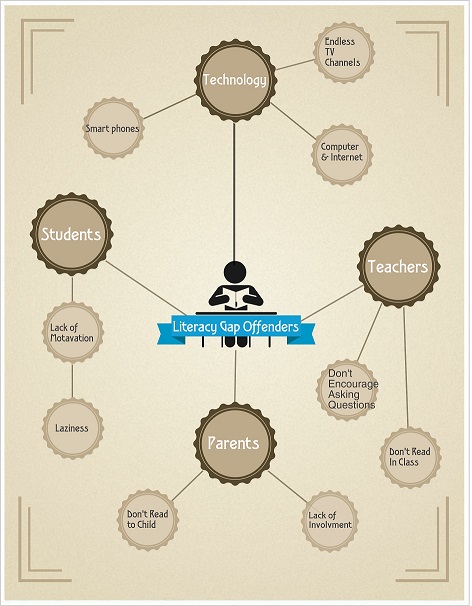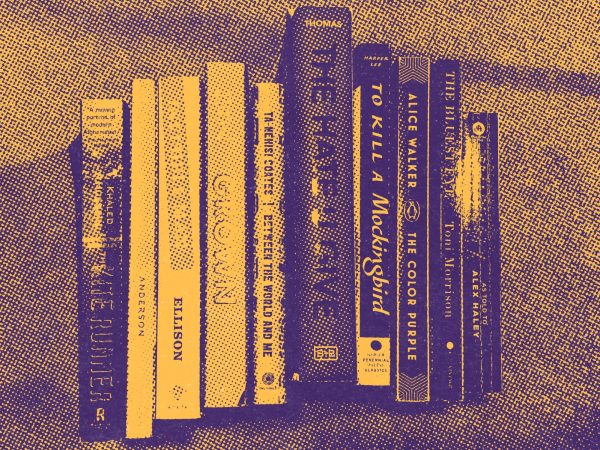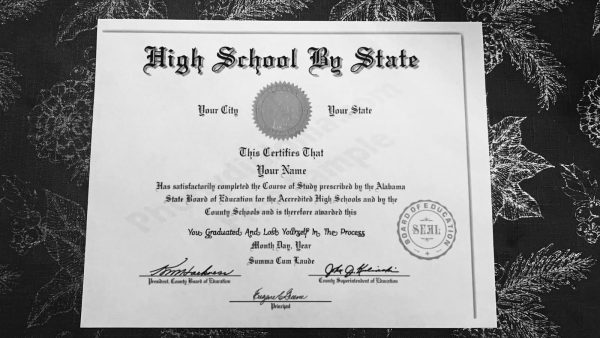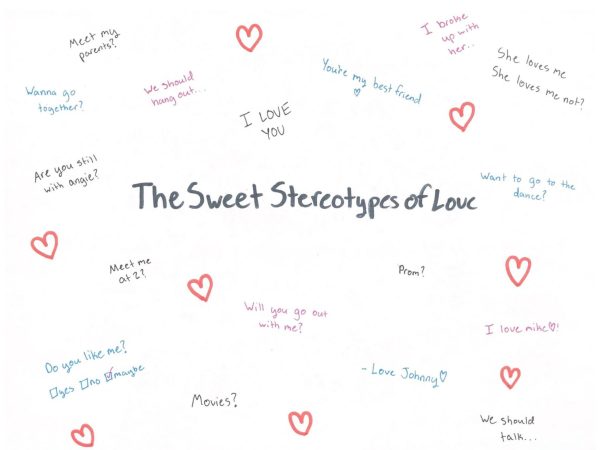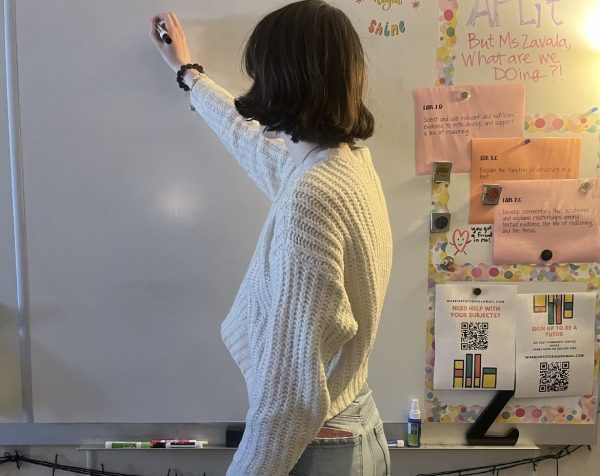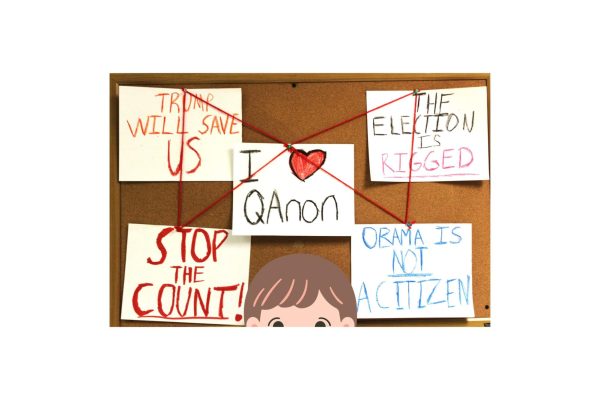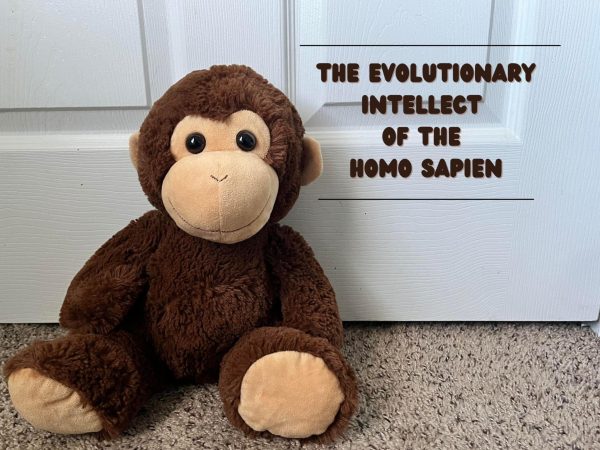What are you reading? Millenials reveal literacy gap between 1990s and 2000s
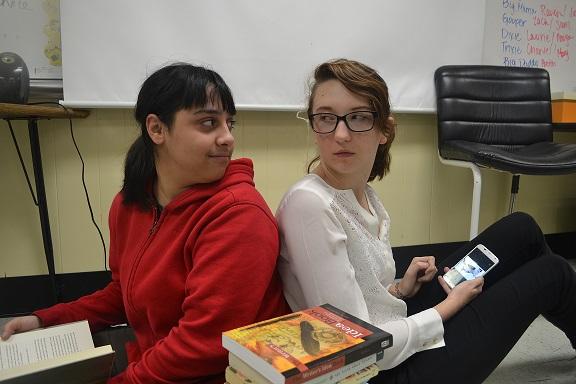
Avid book lovers and tech lovers can’t seem to understand each other’s obsessions no matter how hard they try.
December 9, 2014
Reading remains one of the most fundamentally important skills a person can possess. Without it, countless tasks became extremely difficult or even impossible. Recent observations however, have made me believe there is a literacy gap between the age groups within the millennial generation, specifically 10 through 20 year olds. The 1990’s children (now ages 15-20) grew up in an extremely different time than the early 2000’s children (now ages 9-14.) While the late 90’s and early 2000’s possess countless similarities, their remains one major factor that separates them: the rise of technology.
By 1995, technology was prevalent but not a constant, steady stream. Few people used cell phones, VHS tapes counted as home entertainment, and the internet was in its early stages. 90’s kids watched their Saturday morning cartoons, read The Magic Tree House series, and played “make-believe” in the backyard. By 2005, 2000’s kids still watched cartoons, read children’s book series, and played outside, but now technology constantly affected their lives.
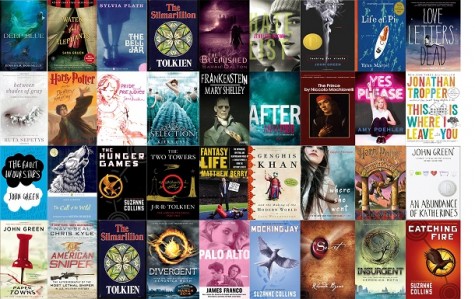
I spoke with over 50 students between the ages of 10 and 20 and asked them what the last book they read was. Each answer is pictured above. Certain novels were named multiple times, including Harry Potter, The Fault in Our Stars, Paper Towns, and the Hunger Games series.
Most people used computers on a regular basis, and the internet now possessed legitimate sites, such as Google and YouTube, that people started to use as entertainment. Video games became more popular, and television possessed more channels than ever before. Children no longer needed to create their own entertainment if they did not want to. That is when books and imagination left and TV and the internet came in.
This rise of technology remains a factor that contributed to the literacy gap I noticed between 1990’s children and early 2000’s children. As available technology grew, the amount of time children spent reading seemed to decrease. At first technology growth seemed to remain the only reason the literacy gap existed. After interviewing Linda Ronayne, an elementary teacher for 23 years, other factors came into play.
“Technology definitely has something to do with what you’re writing about. In my own classroom, the kids are using more technology now than even the students three years ago did, but there’s more to it than that,” Ronayne explains.
Ronayne explains much of what she teaches about reading is now found online. Every student in her class uses his or her own laptop, and most problems are shown to the class on an Apple Smart Board, not a white board. Technology rooted itself in our education system, and the positive and negative affects show. Computers and smartphones however, cannot be held accountable for all the blame. Teachers and students share as much, if not, more responsibility in this gap.
Throughout elementary school, my classmates and I read books in class constantly. One week we read Hatchet, and then two weeks later, we read The Giver. As we read these novels, we learned to write essays about the books, and our teachers constantly encouraged us to ask questions. This system allowed even the students who struggled with reading to learn to enjoy reading.
When my younger sister went to elementary school however, her teachers hardly read novels in class. They were left to read by themselves, so many of them never picked up a book. Along with this, her classmates never learned to write an essay, and their teachers rarely encouraged their students to ask questions about what they read. Students cannot be expected to enjoy reading if their teachers never encourage them to try.
Now, with all this information, the question remained: who is at fault? Who must be blamed for this literacy gap between the 90’s and early 2000’s children? Technology and its steady stream of new content? The teachers and their lack of encouragement? Maybe the students themselves? Instead of questioning who to blame, we must find solutions before the next generation suffers too.
While we may never accurately determine what caused this perceived literacy gap between the 1990’s and early 2000’s children, more and more people notice it everyday. Instead of asking what caused it, we need to help destroy it before it affects the next group of young children. Read to young children. Encourage them to ask questions. Teach them how to write. Place books in children’s hands, and give them the world.
